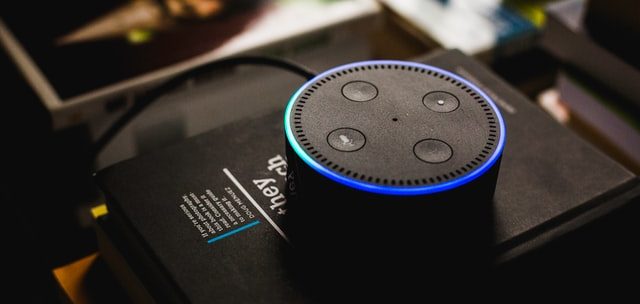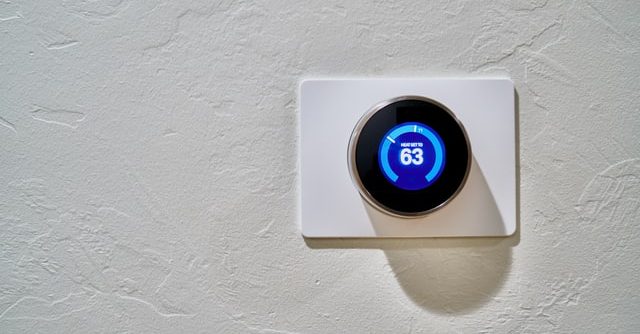Many devices within our homes or offices have very simple features. The lamp on our desk can be turned on or off, the heater will give you different levels of heating and the fridge cools your food. But what if we can increase the potential of these technologies by making them smarter? This is where the term Internet of Things comes into play.
In the following article, we will provide a brief definition of the IoT and then go more into detail, present its benefits and examples of use cases.
Definition
The Internet of Things, or IoT, is a system of connected physical objects that is able to exchange data and information by using the internet.

What is the Internet of Things (IoT)?
An IoT device consists of several parts in order to make it function. First, there needs to be a part that collects the data. Second, the information needs to be processed and sent. Third, the information from the physical device has to be analyzed and some sort of action has to be executed.
To better understand the Internet of Things, we will take a look at smart lighting systems. First, a sensor collects information about the brightness in the environment. Then, this data gets sent into a cloud computing software, thanks to the internet, where it gets stored in a database. Lastly, the information about the brightness has to be interpreted and if it reaches a certain level, the software sends a message back to the lamp, to turn it on or off.
Another way to interact with IoT devices can also be by using voice commands in combination with smart home assistants such as Google Home or Alexa. Here, there will be no need for sensors, as the user can control which actions are going to be executed and when.
Thanks to this technology, the Internet of Things can bring many benefits including the following:
- Cost reduction by using real-time data and predictions in order to lower maintenance efforts.
- Increase in efficiency by reducing the amount of time it tasks to perform tasks with automation and voice assistance
- Better customer experience, thanks to the opportunity to give more people access to technology
Why is it called the Internet of Things?
The name “Internet of Things” has been created by Kevin Ashton in 1999. Ashton was working for Procter and Gamble (P&G) at that time and wanted to present new ideas of RFID technology for the company’s supply chain.
To gain attention from managers of the company he used the “internet”, which was of high interest in 1999 by businesses, and related it to the RFID solution. The term “Internet of Things” was created. Even though it might not have the exact same meaning as Ashton intended, it is nowadays of greater importance than ever before.
What are the four pillars of IoT?
The four pillars of the Internet of Things are a framework that aims to explain the use-cases and benefits of adopting this kind of technology.
1 | Devices: … are the base of the IoT concept. These are “things” that collect data from different sources and make more efficient use of them. They are connected to the internet and exchange information with other devices. Some examples can be smartphones, health monitors, smart locks, … and more. We will go into more detail about devices in the next chapter.
2 | Data: … is being collected by sensors in the previously mentioned devices and then sent to a cloud in the internet where it is stored. A large amount of information is necessary to precisely analyse its behaviour and predict patterns, for example. Data from devices such as smart metres can include the current consumption of electricity or gas. Another type of information can be location, usage of applications, screen time and more, from smartphones.
3 | Analytics: … are used to identify important statistics, patterns and predictions from the collected data. An extensive analytics software is necessary to make the most efficient use of the IoT. This is because it is a stage that defines what actions will be taken depending on the information acquired from the devices.
4 | Information Exchange: The method and architecture for transferring data from a device to the cloud and back are known as information exchange. Especially in places where many devices are connected with each other, such as smart cities, a high-speed internet network must be available. But it’s not only about the speed; it’s also about the reliability of the connection. If the network goes down, the entire IoT concept will be made useless.

What are Examples of IoT Devices?
Almost every industry can benefit from the Internet of Things, from healthcare to real estate and sports. We compiled a list of some promising technologies.
- Health Monitors
Certain diseases can be tracked with the use of sensors placed on a person’s body. In case a value exceeds or falls below a predefined number, alerts can be automatically sent to the user’s smartphone or directly to a doctor. - Smart Locks
The difference to regular locks is, that smart ones are able to be unlocked or locked from a distance. This can become useful for package delivery or in case someone forgot to lock the door.
- Fall Detection
Especially for older people that rely on special care, fall detection can become a promising solution. If a sensor detects the fast movement of a person’s body, it will inform a caretaker.
- Smart Energy Management
Smart meters can analyse the amount of electricity consumed in a building and directly send this information to the energy supplier. Furthermore, by using artificial intelligence and machine learning, demand can be predicted to better regulate the energy network.
- Tennis Racket
Even sports can benefit from IoT. Tennis rackets can measure the amount of force used, to help the player improve his technique.

How is the IoT used in Buildings?
Buildings that make use of IoT technology are often referred to as smart buildings. The purpose of these properties is to make better use of resources and energy, resulting in more sustainable real estate. As industrial, offices, residential and retail buildings all have different characteristics, there are also various use-cases of the IoT.
Offices
Sensors can be used to analyse lighting, heat, and air quality to improve employee comfort and wellbeing. This data is then used to build the most pleasant working environment possible. Another approach to use IoT in offices is to collect occupancy data and use it to display available meeting rooms, desks, or other workspaces.
Industrial
Because they frequently handle a large number of products, industrial buildings can profit from IoT technology significantly. They can be used to track the location of items within the property and help to speed up the distribution process. Furthermore, smart building technologies can significantly reduce operational costs and resource use. This allows industrial properties to be more efficient, increase profits, and make a positive impact on the sustainability aspect.
Residential & Multifamily
The Internet of Things is beneficial in a variety of ways for single-family and multifamily homes. To begin with, smart cameras, smart door locks, and security systems aid in the enhancement of home security. Connected HVAC systems can create a better indoor environment and at the same time decrease the building’s operating costs.
Problems that may arise in a home can be treated before they occur using predictive maintenance. As a result, substantial amounts of money that would have been spent on repairing the amenities or parts are saved. Predictive maintenance works by using sensors that identify patterns or abnormal events in various elements of a building. Whenever such an event is recognized, a warning is sent before a significant issue happens.
Retail
The retail industry is another application for IoT in buildings. In this case, occupancy sensors can be used to track the number of customers and their location in a shopping mall or retail store. This makes it easier to organise routes and amenities within a retail establishment. Furthermore, mobile payment is one method that has already been widely adopted. To complete the transaction, smartphones and the cash registry can communicate together.
Conclusion
The Internet of Things or IoT can increase the efficiency and potential of physical devices by connecting them to the internet. Nearly any industry can see benefits from this technology in areas such as cost reduction, increased efficiency, and better customer experience. In particular, the real estate and health care industry can find a large potential in IoT.
If you want to learn more about smart technology, smart cities and buildings, feel free to take a look at our other articles.
